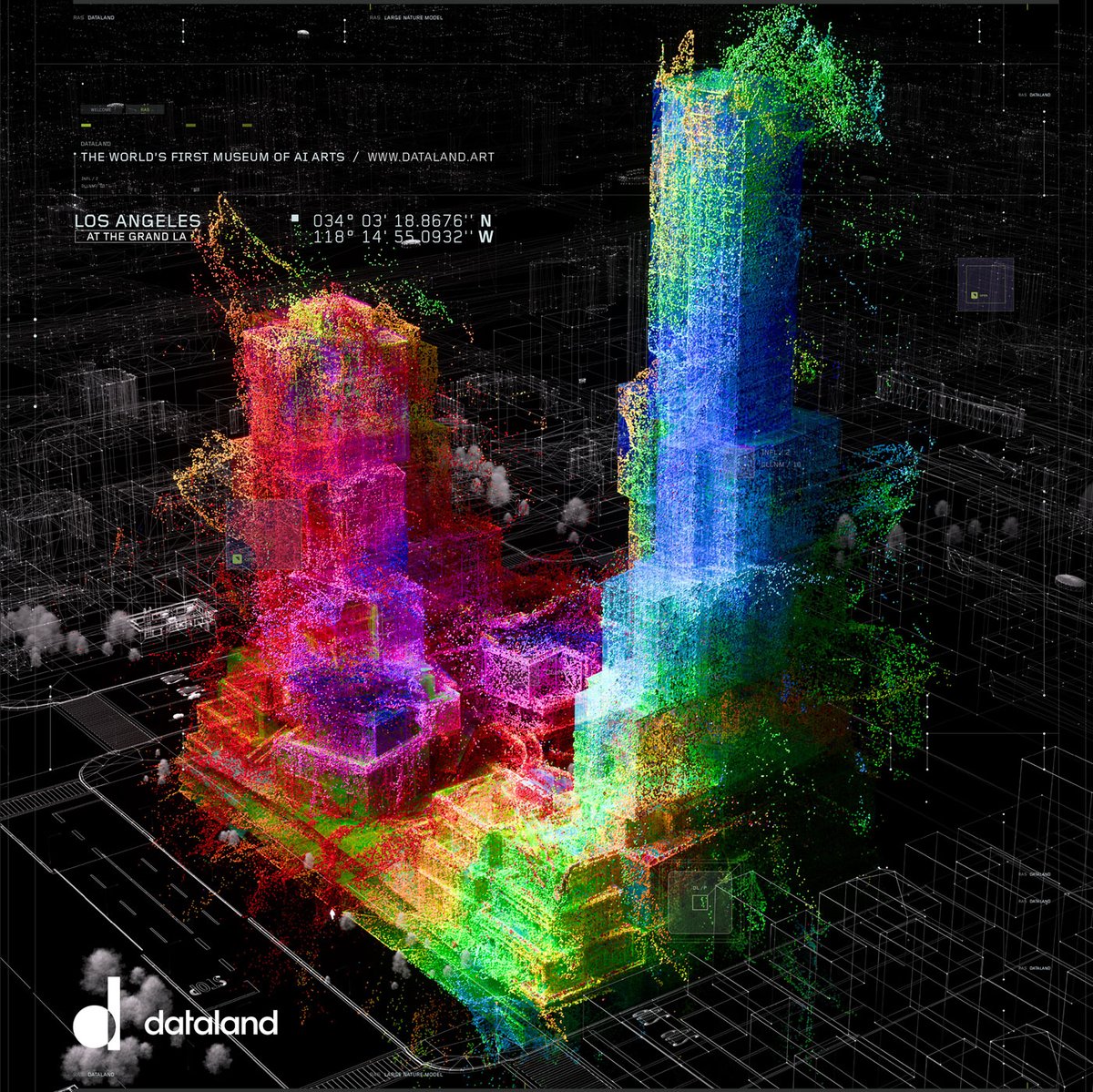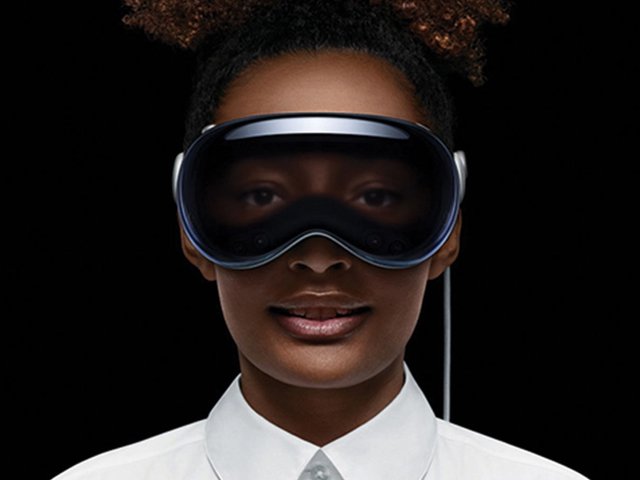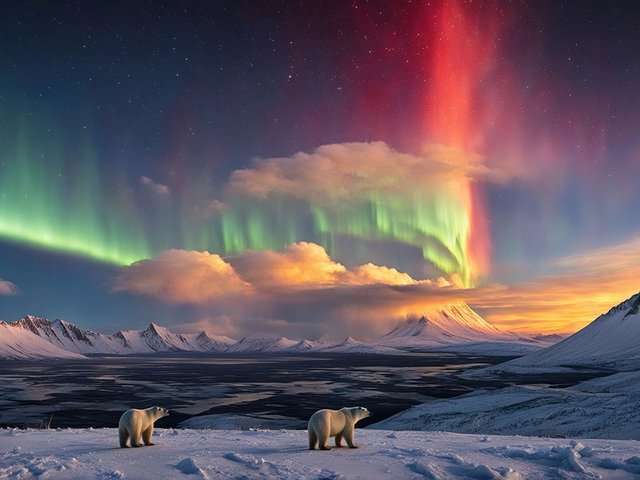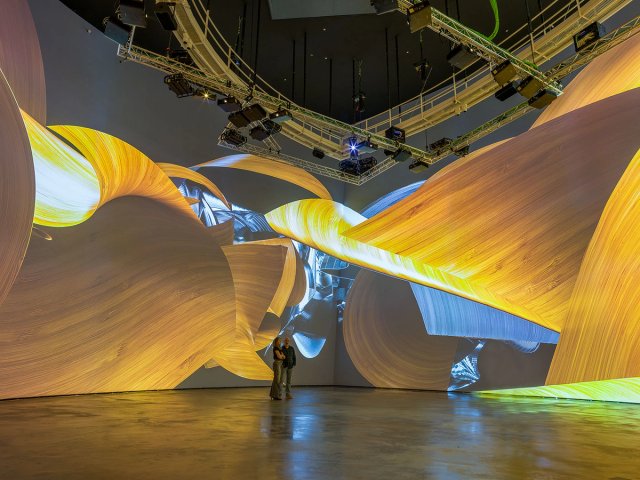Refik Anadol Studio today announced plans for the world’s first museum of artificial intelligence (AI) arts. The museum, Dataland, is due to be launched in 2025, with a flagship location at the Frank Gehry-designed development The Grand LA in downtown Los Angeles.
The location at the Grand will make the museum a close neighbour of landmark arts institutions in the district including the Museum of Contemporary Art, Los Angeles (Moca), the Broad museum and the Walt Disney Hall performing arts centre, another Gehry edifice, which the Grand faces across South Grand Avenue.
“Dataland will unite pioneers in diverse fields including the arts, science, AI research, and cutting-edge technology under the artistic leadership of Refik Anadol Studio,” the studio announced on its website.
In a statement, the studio added: "Dataland welcomes people of all backgrounds with unparalleled experiences utilising machine learning and the latest sensory and visualisation technologies at a scale and quality never before realised ... Dataland combines online access and learning platforms, acts as a public repository for large-scale, nature-focused data sets, and will build a comprehensive collection of AI art."
The studio, which was launched in Los Angeles in 2014 by its co-founders, the media artist Refik Anadol and the artist and cultural researcher Efsun Erkiliç, has had a break-out year even by its recent standards. The studio has become recognised for its trailblazing work with AI data models around the world, working with AI data painting and making AI data sculptures since 2016; and with the blockchain and NFTs (non-fungible tokens) since 2020.
Anadol’s Machine Hallucinations played on the exterior of the giant immersive institution Sphere in Las Vegas when it launched in September 2023. The studio's large nature model was shown at Davos global summit in January 2024 in the lead-up to Echoes of the Earth: Living Archive, Anadol’s first single-artist London show at Serpentine in London which sought to demystify AI.
In July, Anadol's Living Arena, shown on an LED screen 40 ft tall by 70 ft wide, was one of the public art works unveiled at the Intuit Dome, the LA Clippers' new stadium. This month alone, the studio launched a tribute to the Czech composer Antonin Dvorak in Washington DC and presented its Large Data Model: Coral at the United Nations Headquarters Conference Building in New York City as part of the UN's Summit of the Future.
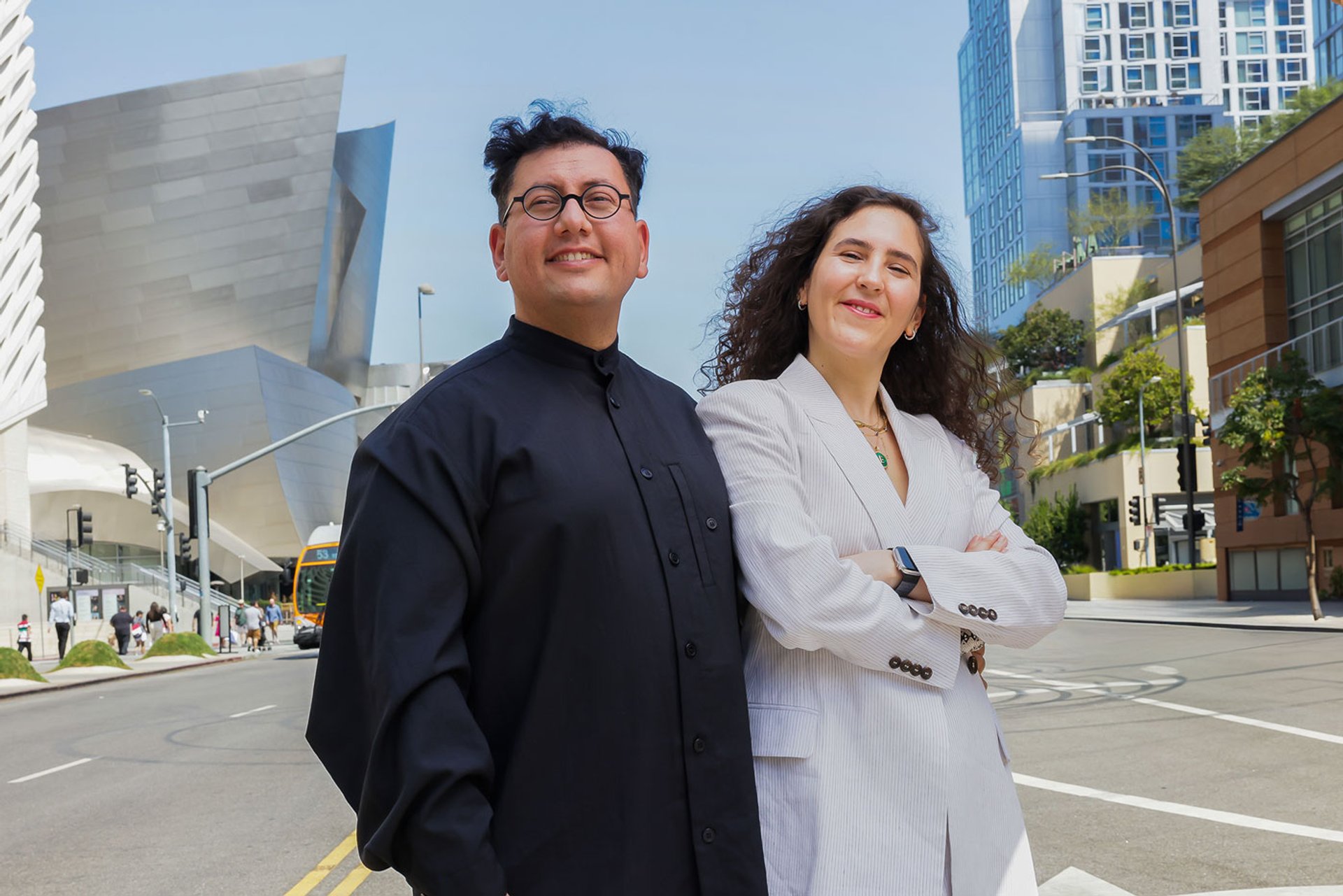
Refik Anadol and Efsun Erkiliç, co-founders of Refik Anadol Studio, in South Grand Avenue, downtown Los Angeles, where the Dataland AI museum is due to launch at The Grand LA (rear right) in 2025 Photograph: Dustin Downing
“Los Angeles is the perfect city to launch Dataland, a forward-thinking, revolutionary museum in support of the fields to which I have dedicated my career: art, science, technology and AI research,” Anadol says. “LA has long been a city that looks to the future in art, music, cinema, architecture, and more, and it feels natural to open Dataland here.
"To have a permanent space for us to develop a new paradigm of what a museum can be, by fusing human imagination with machine intelligence and the most advanced technologies available, is a realisation of one of my biggest dreams. To do so in a building designed by one of my heroes, Frank Gehry, is almost unbelievable.”
The artist Anadol moved to Los Angeles in 2012 to join a graduate programme in Design Media Arts at the University of California Los Angeles (UCLA). He has taught at the university for the past ten years. Erkiliç moved to the city two years later, the year that the two Turkish American artists co-founded Refik Anadol Studio. The two are husband and wife.
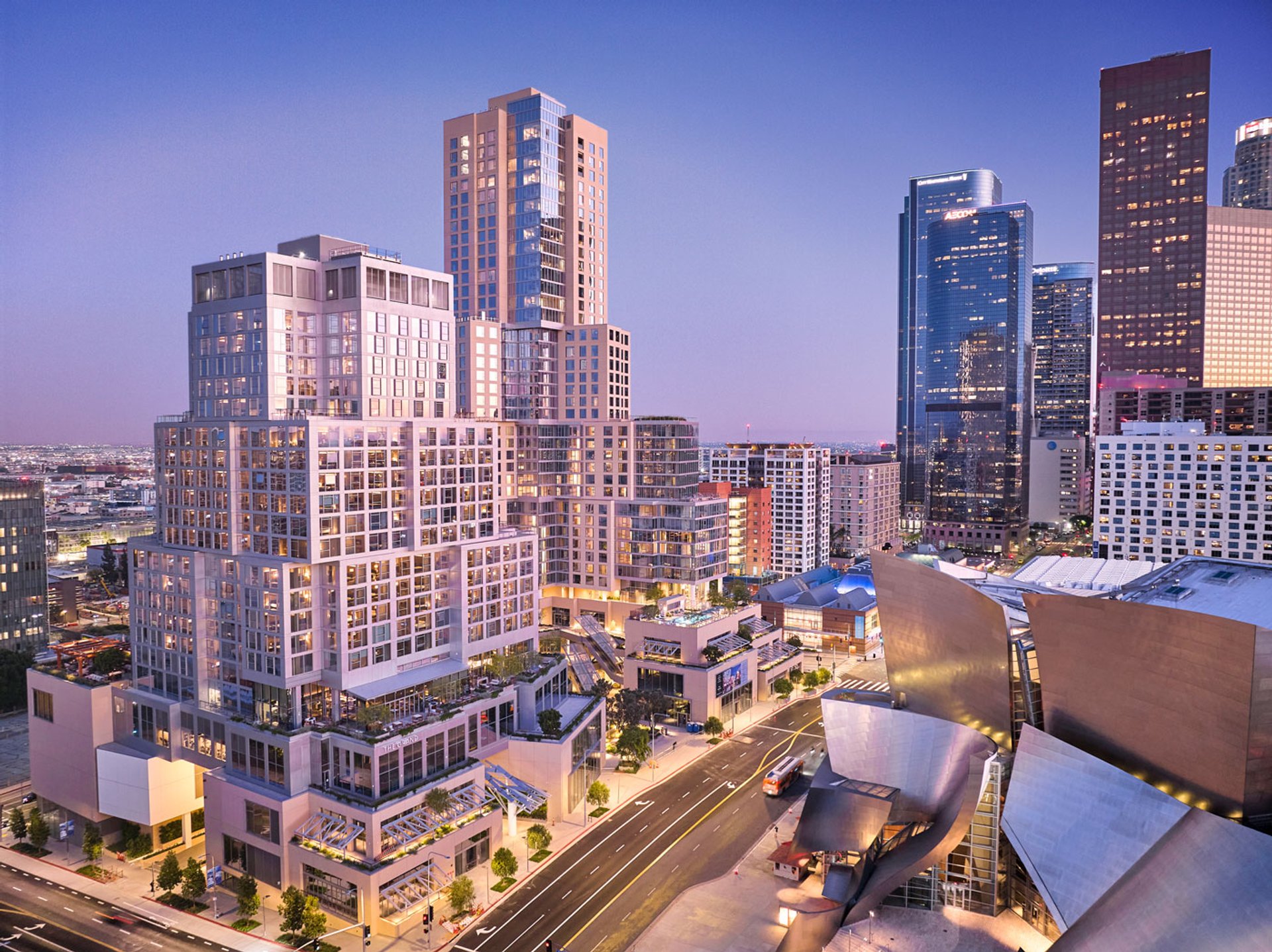
Frank Gehry's The Grand LA, in downtown Los Angeles, will be the flagship home of the Dataland AI museum Courtesy: Weldon Brewster
Dataland has been designed in collaboration with the architecture firm Gensler and with the sustainable development consultancy Arup, a company with a grand legacy of game-changing projects dating back to Ove Arup’s collaboration with Jørn Utzon on the Sydney Opera House. “The inaugural exhibitions of Dataland will be expressed through Refik Anadol Studio’s Large Nature Model, the world’s first open source AI model based solely on nature data” the Refik Anadol Studio said in a statement.
Anadol’s work has shown a love of architecture in recent years, with projects including Living Architecture: Casa Batlló (2022), which used climate data collected in real-time and archival data to generate an instance that "hallucinated", in Refik Anadol's words, on the building as it was projection-mapped on to Antoni Gaudí’s celebrated building in Barcelona. Anadol revealed his process in creating the Gaudí piece in an essay for Robert Alice’s scholarly study On NFTs (2024).
Refik Anadol Studio is due to launch a new series, In Situ, with an immersive, multisensory work at Gehry’s defining masterpiece, the Guggenheim Bilbao in April 2025.


